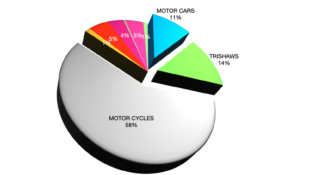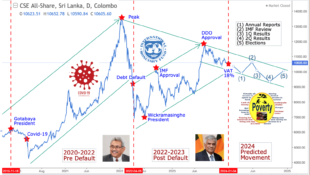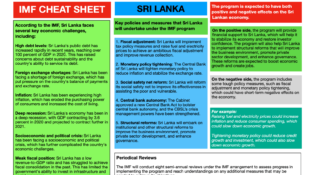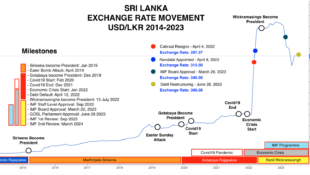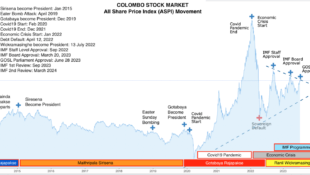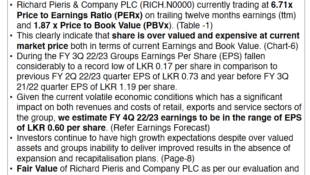Summary
AbstractThis chapter shows in detail the remedies used by Malaysia during the East-Asian Crisis, which helped the economy to recover quickly, leading to a V-shaped recovery. Being part of the so-called East-Asian Miracle, Malaysia suffered from the outbreak of the East-Asian Crisis in 1997 and was hurt by sharp currency depreciations and massive capital outflows. As opposed to the view of the IMF, which explained the main problem of the East-Asian Crisis by macroeconomic fundamentals and institutions, it is widely recognized that the crisis had been caused by a set of factors such as high capital inflows, capital account liberalization, currency and maturity mismatches and the exchange rate system. The involvement of the private sector and the resulting credit crunch (i.e. banks unwilling to rollover short-term credits as currency downturns put pressure on domestic corporate sectors) during the crisis necessitated specific crisis remedies. Unlike other crisis-hit economies in the region (e.g. Indonesia, Korea, Thailand), Malaysia was not going to call-in the IMF and followed its own policy strategy which was to impose capital controls on short-term outflows. Malaysia opted therefore for monetary policy autonomy and stable exchange rates in order to restore tranquillity in the economy, which are considered ‘unorthodox’ policies. Capital controls combined with fixed exchange rates gave the Malaysian authorities policy autonomy which resulted in macroeconomic stimulation and the restructuring of the banking and corporate sector. The policies adopted by Malaysia are considered successful and the result was a fast and V-shaped recovery of the economy (in contrast to a U-shaped recovery that Indonesia, for instance, experienced).
 would enable you to enjoy an array of other services such as Member Rankings, User Groups, Own Posts & Profile, Exclusive Research, Live Chat Box etc..
would enable you to enjoy an array of other services such as Member Rankings, User Groups, Own Posts & Profile, Exclusive Research, Live Chat Box etc.. 
 Home
Home










